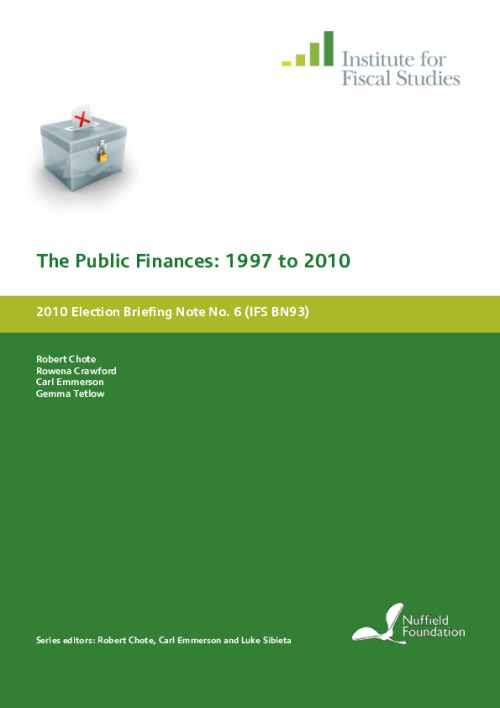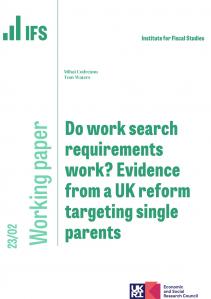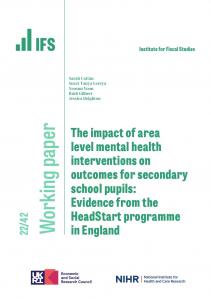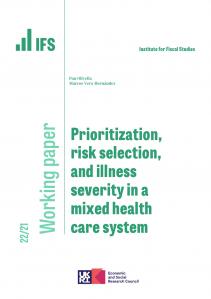Downloads

bn93.pdf
PDF | 924.03 KB
This general election briefing note looks at how overall levels of borrowing and debt changed between 1997 and 2010. Some discussion is, necessarily, included of trends in taxation and spending; however, readers who are particularly interested in the levels of taxation and spending during Labour's period in office may also wish to refer to two other notes in this series of IFS Election 2010 Briefing Notes. Section 2 describes how the UK public finances evolved between 1997 and 2007 (prior to the financial crisis). It then compares this to the pattern observed during the period of Conservative governments from 1979 to 1997 and to the trend seen in other industrial countries. Section 3 carries out the same analysis, but for the period between 2007 and 2010, when the financial crisis and associated recession adversely affected the public finances of the UK and of many other countries.
Figure: Revenues, spending, budget balances and debt
Authors

Deputy Director
Carl, a Deputy Director, is an editor of the IFS Green Budget, is expert on the UK pension system and sits on the Social Security Advisory Committee.

Robert Chote

Gemma Tetlow

Rowena Crawford
Report details
- DOI
- 10.1920/bn.ifs.2010.0093
- ISBN
- n/a
- Publisher
- Institute for Fiscal Studies
Suggested citation
Chote, R et al. (2010). The public finances: 1997 to 2010. London: Institute for Fiscal Studies. Available at: https://ifs.org.uk/publications/public-finances-1997-2010 (accessed: 2 July 2024).
More from IFS
Understand this issue

Election Special: Your questions answered
27 June 2024

Election Special: The big issues politicians haven't spoken about
25 June 2024

Cuts to council services likely unless cost pressures abate – even with the biggest council tax increases for 20 years
21 June 2024
Policy analysis

How would the parties’ tax and spending plans affect Scotland and Wales?
28 June 2024

How should we interpret parties’ public spending pledges this election?
23 June 2024

Main parties’ manifestos tell us little about the funding individual public services would actually receive
23 June 2024
Academic research

Do work search requirements work? Evidence from a UK reform targeting single parents
1 February 2023

The impact of area level mental health interventions on outcomes for secondary school pupils: Evidence from the HeadStart programme in England
13 October 2022

Prioritization, risk selection, and illness severity in a mixed health care system
16 June 2022